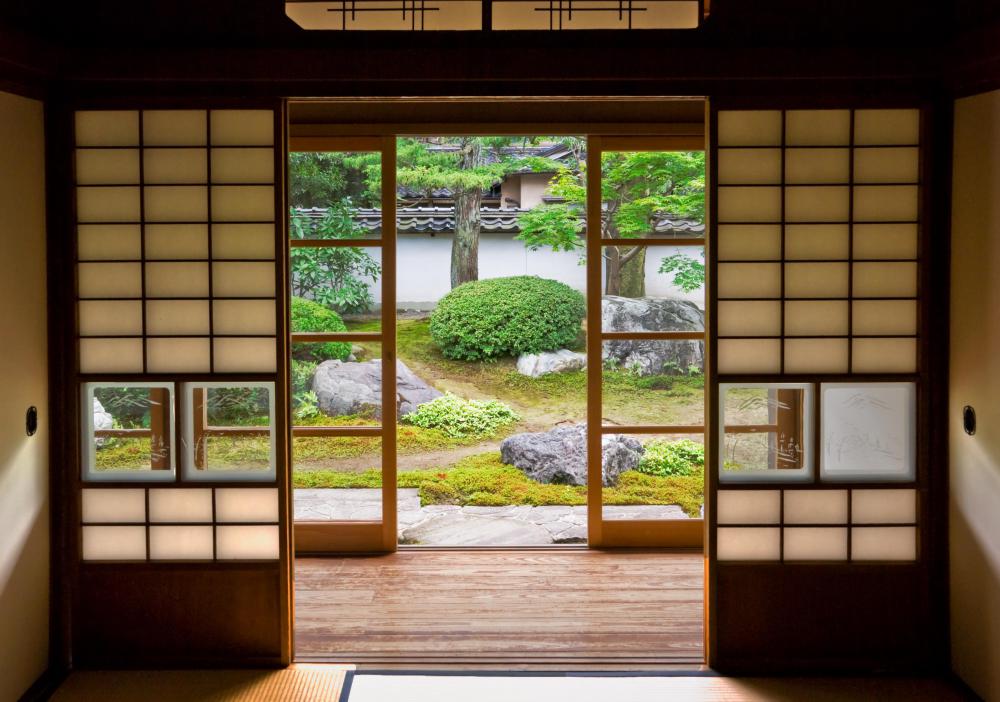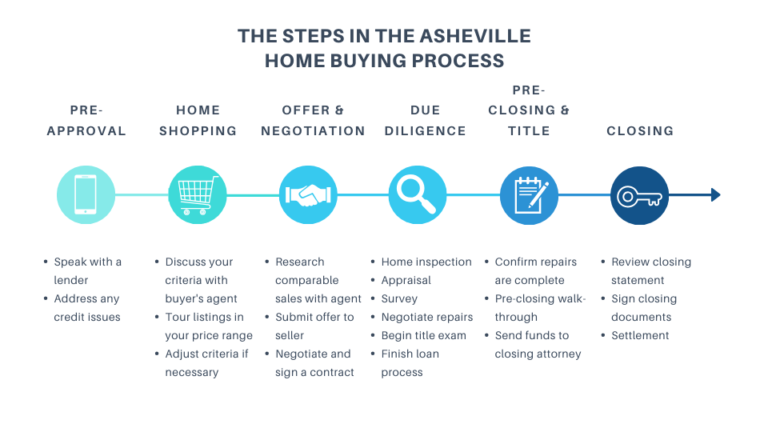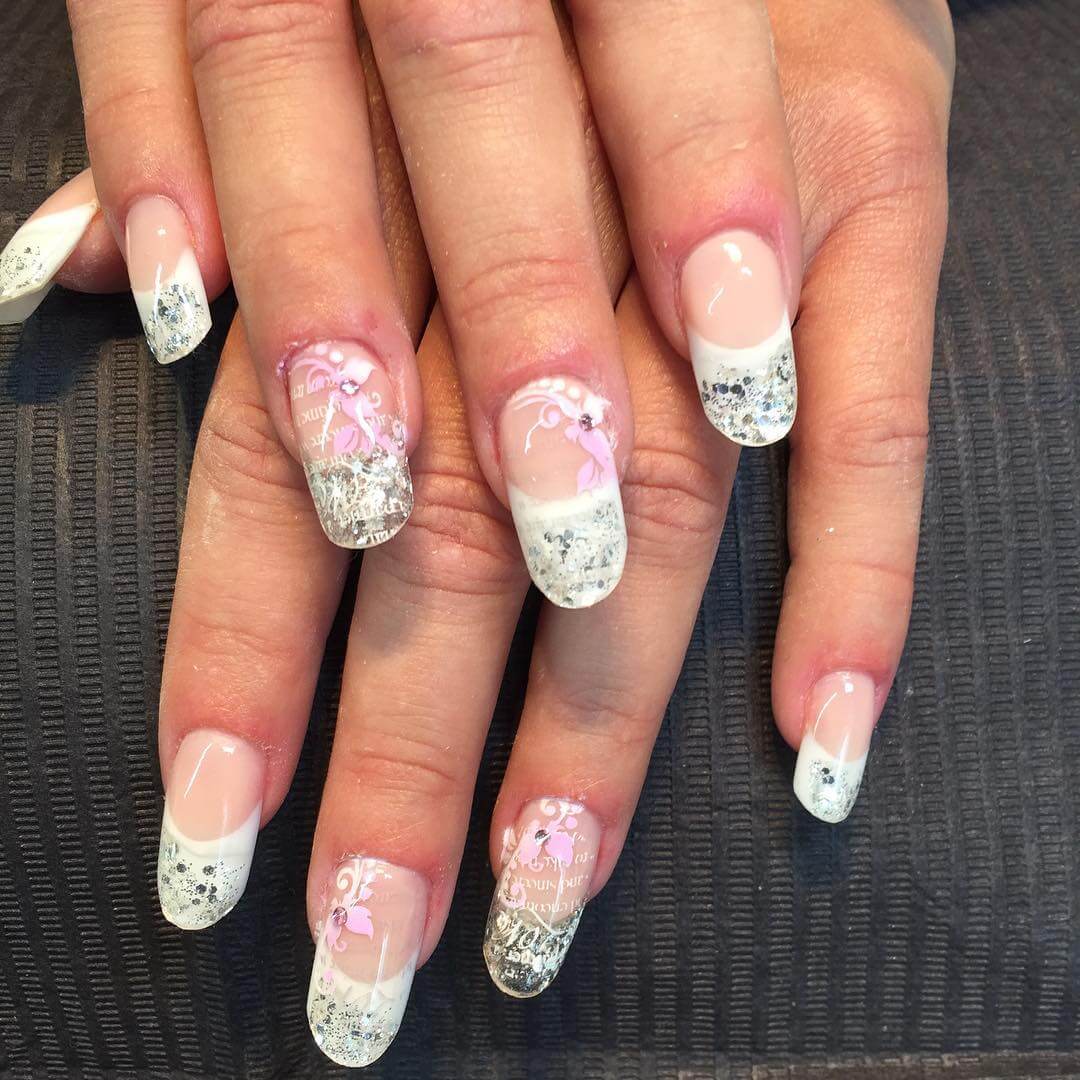Table of Content
Open the emulsion in a light-safe room and pour it into a scoop coater. If you are not using a scoop coater you will pour the emulsion directly onto the mesh screen. First you will need to create the artwork you want to print.
I am sure Ingela found the other Instructable on this topic. I Googled and found that a fabric mesh of 110 to 160 works best for fabric, and one needs a higher count for paper to make crisp thin lines. So cheap pantyhose, an old very thin scarf, very thin drapery fabric. Just look around for any very thin fabric that is closely woven with a relatively tight weave. Once you have completed said task, take the image you have printed out . Remember, gently tracing is vital.
Pick & Print an Image
The screen needs to remain in a light safe room with little humidity. The key to getting screens to expose smoothly is artwork preparation, please follow our Artwork & Transparencies guide. Email your artwork to If you'd like us to check your artwork before your purchase the screen and the exposure that's no problem, just email it over. If you need to stock up on anything else, you can checkout for those items as the same time and the whole order will ship together.

Place a clean piece of glass over the image to hold it tight against the screen. I've rigged up one of my photography lights to use as my light source. It has a dome thingamabob on it, so this helps focus the light where I want it. If you do not have a dome thingamabob you can either McGyver one out of a tin pie plate, or expose your image for slightly longer. Once the screen has dried you can now transfer the image you want to screen print onto it. THIS is where people usually get stuck because most tutorials recommend you use a lightbox.
Screen printing kits
For emulsions that harden without requiring UV, you can use a wide variety of light sources like fluorescent tubes and LED arrays. Your lower limit on light intensity is a function of how long you want to wait for exposure to harden the emulsion. The upper end is bound by two factors, burning the emulsion, which will mostly be a wattage problem, and bleed through exposing covered areas . Turn off light and wash out the soft emulsion.
They will be able to locate the Native American tribes on the map. Similarities and differences The kids will learn how the Native Americans are different from the typical Americans. They will know that people’s views and ways of life can be different. This will help them to adapt to others who are different from them. Family traditions and customs The kids will find it very interesting to learn about the family traditions and customs of the Native Americans. All these may be something new and different for them.
NEW! LED Exposure Light With Stand
Expose screen on light table for 7 minutes. After the screen has been in the closet for one hour and is completely dry it can be exposed. Quickly place the screen over the image where it most evenly fits. Weight the inside of the screen all over with magazines or bricks etc., evenly and firmly.
They make markers for sewing that fade in 24 hours. One could trace right before painting in the glue. Some of the markers of the same type only come out once they get wet, but all must be tested to see if they will leave a stain. Again, fill in the areas that you do not want to appear on your t-shirt. Thanks to all authors for creating a page that has been read 54,131 times.
This clean area in the shape of your image or text ... Is your screen printing pattern, where you will drag ink across to create your screen printed tee shirt, bag, or tea towel. To screen print a design onto a t-shirt you need to create a stencil for your artwork.
Take squeegee and pull ink through screen. Best results for pulling squeegee are at a almost a straight up and down angle. A test pull should be done first to check for any discrepancies etc. Take textile and place on platen for desired placement and continue with print.
It must be stored until dry in a COMPLETELY dark room. If you put it in a closet to dry, make sure light isn't getting through the cracks of the door. Hang a towel, or housecoat or flat monster on the door to block the cracks if you have to. These are your basic steps on how to screen print. I'll have a full step by step tutorial at the bottom of the post. Yeah, see it was that kind of explanation that scared me away from trying screen printing in the first place.
Drag the paint over your image with your squeegee without applying pressure . This is called flooding the image. You're going to lay your tee shirt out, place your newly burned screen onto it, run a line of paint and squeegee your first item. Once the time is up, remove your glass and transparency or paper cutout. You'll see a faint image right away. From everything I read I figured this would be a disaster the first time.
Powder puff games, spirit wear day, etc. Exposure time will vary depending on the emulsion and the light source you are using. Please refer to the image below for approximate exposure times. We highly recommend using an exposure calculator to dial in exact exposure times.











